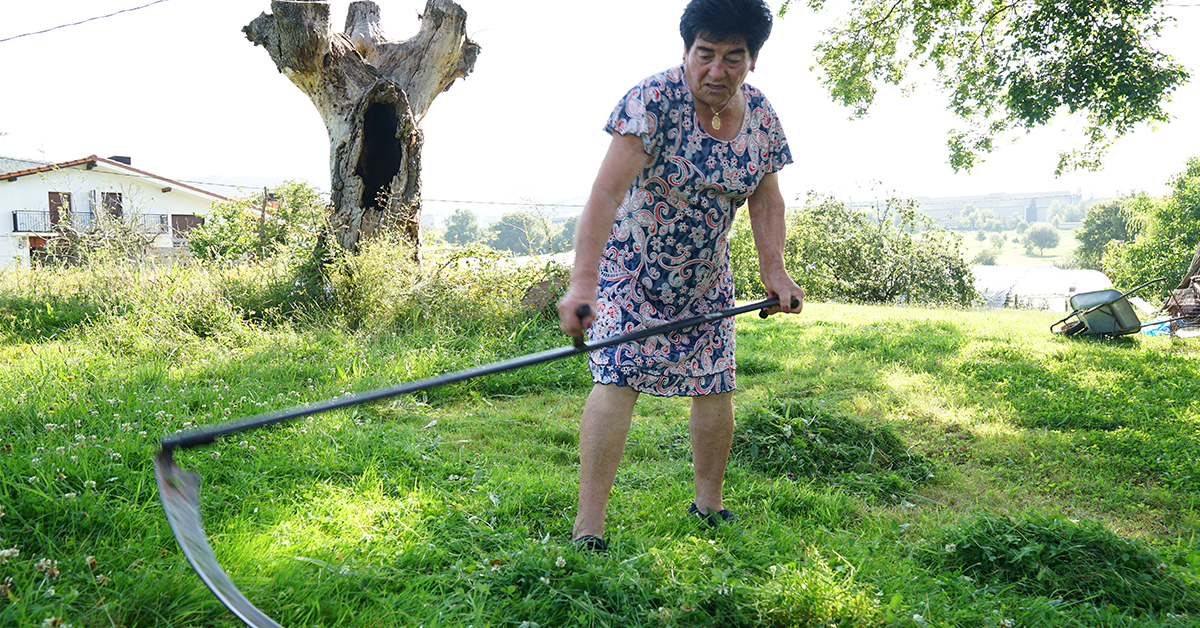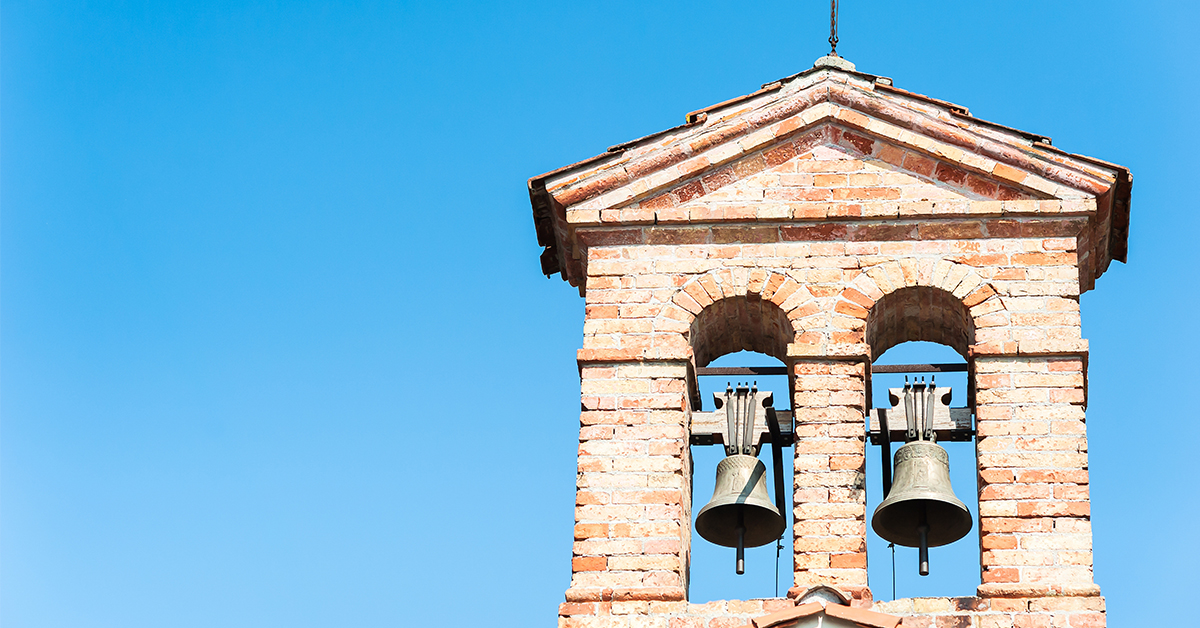Basque ethnography at a glance
Down through the years, items to ward off or provide collective protection against bad weather, dark enemies and their feared actions, along with the belief in divine punishments and spells of bad luck have existed in specific geographical areas or immediate social settings (family, friends, neighbourhood, dwelling, properties, etc.). Those items were placed at heights to protect the whole community (bells, crosses, shrines and their religious figures, trunks or trees, fires, etc.) or on abodes (hands, claws or paws, water, plants or vegetables, religious motifs, physical and painted crosses, or displaying the Sacred Heart, etc.).
(more…)
We are here discussing the scythe, kodainea, used on farmsteads. It is a farming tool consisting of two parts: a shaft or snath, astea, that is usually rigid, and which was made out of chestnut strain in the past and later out of ash, leizarra. A curved blade, agoa, is attached to the snath and is used to work the tool. There are also two small grips to hold on to the tool. Scythes are available from ironmongers.
(more…)
Intangible cultural heritage is in vogue. With this clear statement, we seek to reflect on the evolution that this heritage area has undergone since UNESCO produced the Convention for the Safeguarding of Intangible Cultural Heritage in 2003. It was ratified by Spain in 2005 and subsequently embodied in tools such as the Spanish National Plan for Safeguarding Intangible Cultural Heritage (2011), the Safeguarding the Cultural Heritage Act 10/2015, of 26 May, and the different reforms implemented to include the term and their application in regional legislation.
In recent years, its development has led to the emergence of debates mainly focused on the different management models for the heritage status processes, its consideration in relation to other tangible heritage areas, and the role played by the carrier community, with the latter taken to be the set of key players of the different intangible practices classified according to the areas established by the 2003 Convention.
(more…)
Leisure and festivities sharply contrast with work. Any festive calendar is studded with celebrations in the public and private spheres, and a mix of elements from the past and more recent ones.
The autumn – season and cycle – gets underway with St. Michael’s Day, a real stalwart of the saints calendar and which is celebrated in Artzentales and Sestao, to name a few. Halloween leads the way into November. Even though it is an imported festivity, we must not forget scaring neighbours with carved pumpkins already existed in days of yore. On All Saints’ and All Souls’ Days, relatives and friends visit the cemeteries and that has led to the borrowed “tradition” of bringing and laying flours and wreaths on the graves.
(more…)





